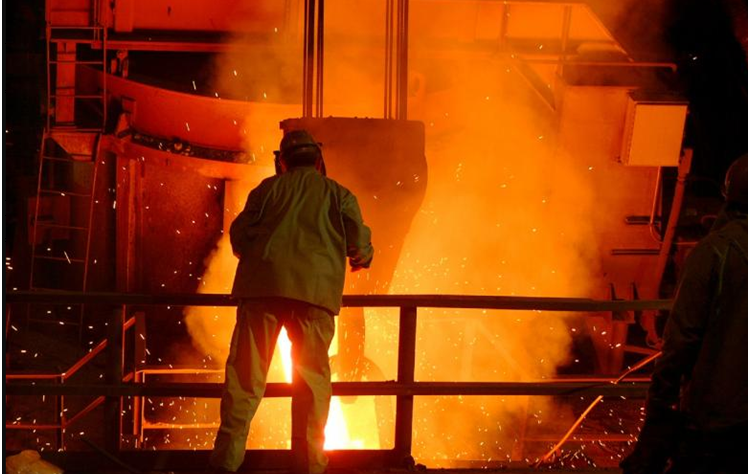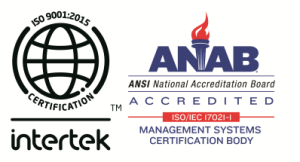The brass casting service is the process of melting solid brass and moulding it into different shapes. When the liquid brass solidifies, it forms different shapes depending upon the shape of the mould. Different types of casting moulds and methods are used for brass casting.
Brass Casting Methods
- Lost-Wax Casting Method:
This method is used for casting shapes made of different types of brass, such as eco brass, white brass or alpha brass. A wax mould which remains covered by the ceramic shells is used in this method. The molten alloy is injected into the mould, which slowly replaces the wax. Metal casters use this method to cast decorative items of copper.
- Die-Casting Method:
A reusable mould is used for this method of brass casting. Commercial foundries use this type of mould to cast multiple products of c87850 or any other alloy in the same shape.
- Sand Casting:
This is the oldest method of casting which is still used by both large and small sand casting foundries. This method is ideal for creating products with unique features. A sand mould is used in this method, which is considered an economical casting method.
Brass Casting Process
The process is performed in three steps.
- Preparing Casting Mould
The casting mould may be made of sand, metal, graphite, ceramic or clay. They may be disposable (discarded after one use), semi-permanent (discarded after multiple uses) or permanent. The material of the mould sometimes influences the quality of the casting.
- Pouring Metal
The molten metal is poured into the mould to cast the metal products in varying shapes at this stage.
- Casting Process & Inspection
After casting a component, the sand casting company inspects the final product and removes foreign bodies from the surface as well as from the core of castings. The pouring risers are removed once the casting process is complete. The burrs and drape seams are shovelled and ground. The end product may receive heat treatment and may be polished through rough machining.
Are you looking for a reputed sand-casting foundry for lead-free casting?




